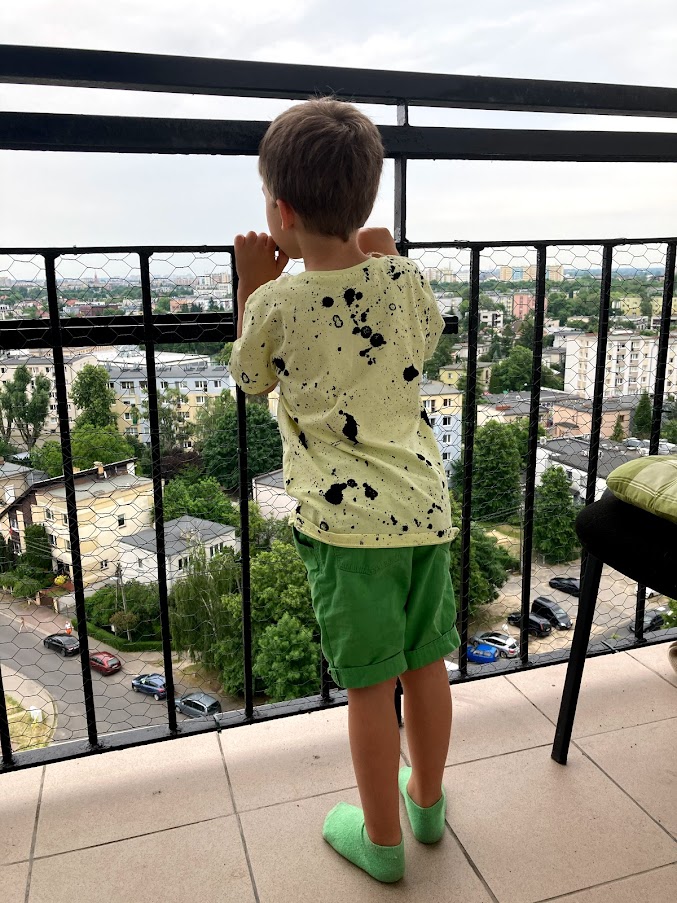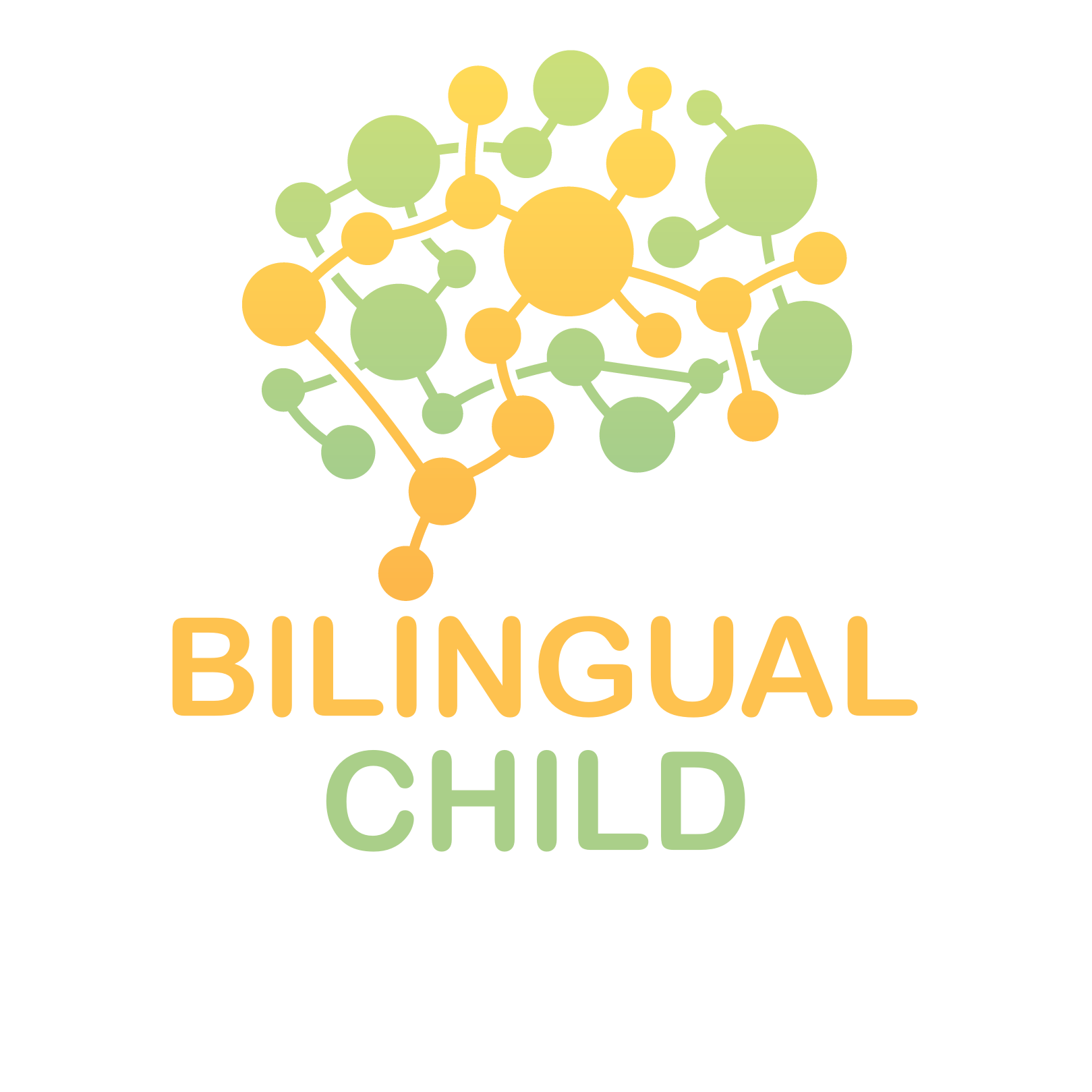
I bet it has happened to you too! Should we be worried?
Since Adam has started school, it happens more often! I’m obviously talking about…code-switching!
Adam has now become a part of a new environment, he learns the words he wouldn’t have a chance to learn in Polish. ‘Assembly’ is a perfect example. Every morning they have an assembly at school so it’s natural for him to come back home and say ‘Podczas ‘assembly’, dyrektor szkoly powiedziala…’ (During the assembly, the headteacher has said…). He doesn’t know the Polish translation of the word ‘(apel) as he didn’t have a chance to use it during conversations with us. I obviously translated it, but he still prefers the English word
Let’s start with the basics – what is code-switching?
Code-switching is changing between two languages seamlessly, within a single conversation. It can be inside the sentence or across sentences. When children code-switch, they actually use all the languages to fully express themselves. Therefore, code-switching helps them to develop their communication skills greatly! Mixing is typical and it is to be expected especially in the early stages of bilingual development.
Here are some tips on how to help in the process of language separation:
I need to admit – I also find myself using some English words during conversations in Polish (obviously with someone who understands English well!)
How about you?
Feel welcome to join my newsletter, where I will be sharing with you ideas and resources to help you to support your child in his bilingual journey.








Recent Comments